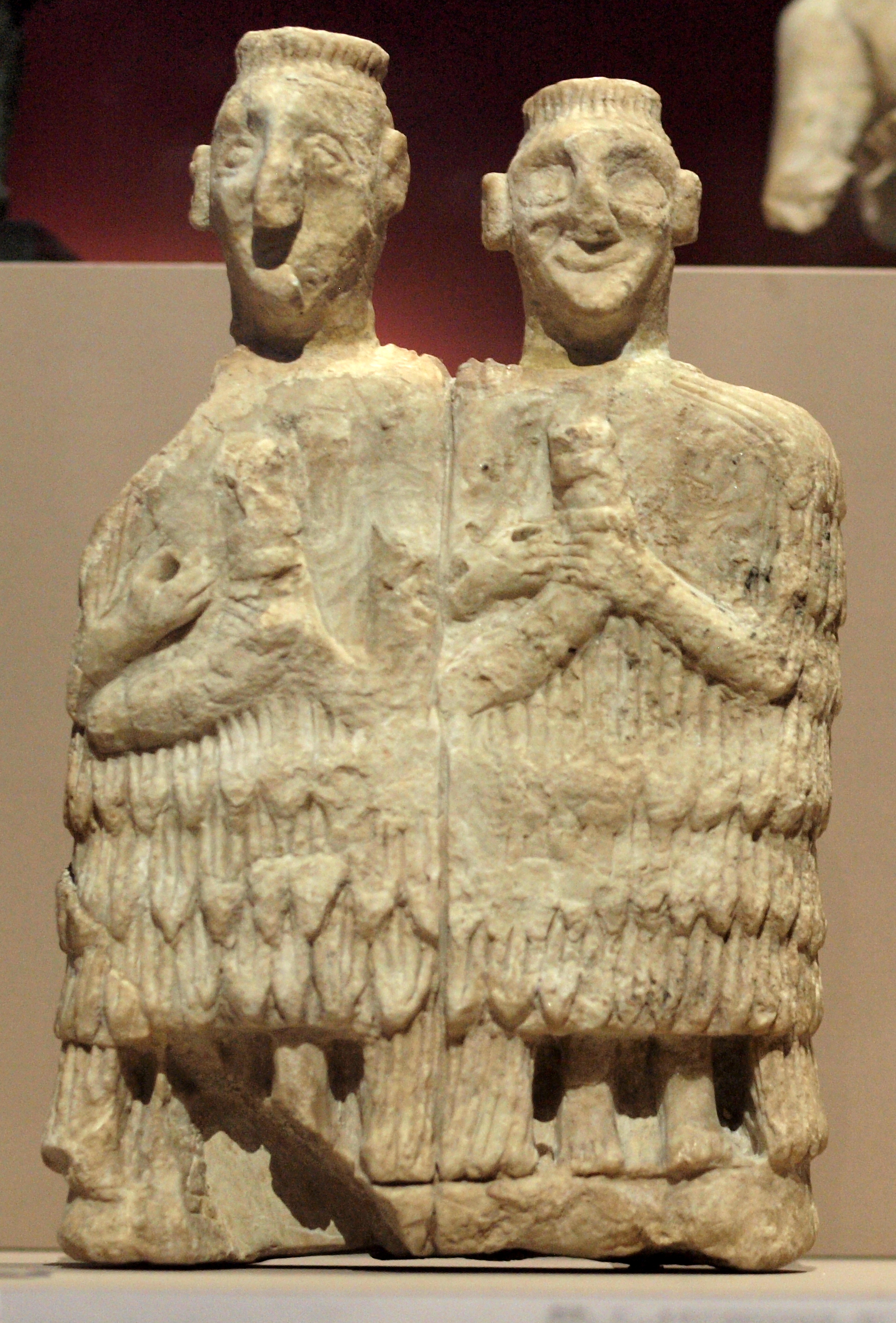Gala (priests) on:
[Wikipedia]
[Google]
[Amazon]
 The Gala (, Akkadian: ) were
The Gala (, Akkadian: ) were
 The Gala (, Akkadian: ) were
The Gala (, Akkadian: ) were priest
A priest is a religious leader authorized to perform the sacred rituals of a religion, especially as a mediatory agent between humans and one or more deity, deities. They also have the authority or power to administer religious rites; in parti ...
s of the Sumerian goddess Inanna
Inanna is the List of Mesopotamian deities, ancient Mesopotamian goddess of war, love, and fertility. She is also associated with political power, divine law, sensuality, and procreation. Originally worshipped in Sumer, she was known by the Akk ...
. They made up a significant number of the personnel of both temples and palaces, the central institutions of Mesopotamia
Mesopotamia is a historical region of West Asia situated within the Tigris–Euphrates river system, in the northern part of the Fertile Crescent. Today, Mesopotamia is known as present-day Iraq and forms the eastern geographic boundary of ...
n city states.
Originally specialists in singing lament
A lament or lamentation is a passionate expression of grief, often in music, poetry, or song form. The grief is most often born of regret, or mourning. Laments can also be expressed in a verbal manner in which participants lament about something ...
ations, gala appear in temple records dating back from the middle of the 3rd millennium BC. According to an old Babylonian text, Enki
Enki ( ) is the Sumerian god of water, knowledge ('' gestú''), crafts (''gašam''), and creation (''nudimmud''), and one of the Anunnaki. He was later known as Ea () or Ae p. 324, note 27. in Akkadian (Assyrian-Babylonian) religion, and ...
created the gala specifically to sing "heart-soothing laments" for the goddess Inanna. Cuneiform references indicate the gendered character of the role. Lamentation and wailing may have originally been female professions, so that the men who entered the role adopted its forms. Their hymns were sung in a Sumerian dialect known as '' eme-sal'', normally used to render the speech of female gods, and some gala took female names.
Homosexual proclivities are implied by the Sumerian proverb which reads, "When the gala wiped off his anus e said ‘I must not arouse that which belongs to my mistress .e., Inanna��". In fact, the word ''gala'' was written using the sign sequence UŠ.KU, the first sign having also the reading g̃iš3 ("penis") & nita ("male"), and the second one bed3 ("anus") & dur2 ("buttocks"), meaning that might be a pun involved. Moreover, gala is homophonous with gal4-la (𒊩𒆷) meaning "vulva".
In spite of all their references of their effeminate character (especially in the Sumerian proverbs), many administrative texts make mention of heterosexual gala priests who had children, wives, and large families. In addition, some gala priests were women.al-Rawi 1992
See also
* Enaree * Galli * HijraReferences
Sources
* Al-Rawi, F. N. H. 1992. "Two Old Akkadian Letters Concerning the Offices of kala'um and närum." In ''Zeitschrift für Assyriologie'' 82. * Bottéro, Jean, and H. Petschow. 1975. "Homosexualität." In ''Reallexikon der Assyriologie und Vorderasiatischen Archäologie'' 4:459b–468b. * Cohen, Mark. 1974. ''Balag-Compositions: Sumerian lamentation liturgies of the second and first millennium B.C.'' ''Sources from the Ancient Neat East'', volume 1, fasc. 2. * * Gelb, I. J. 1975. "Homo ludens in early Mesopotamia." In ''Haec studia orientalia professori Assyriologia, et filologiae Semiticae in Universitate Helsingensi Armas I. Salonen, S.Q.A.: Anno 1975 sexagenario'', 43–76. Studia Orientalia 46. * Gordon, Edmund. 1959. ''Sumerian proverbs: Glimpses of everyday life in ancient Mesopotamia.'' * Hartmann, Henrike. 1960. ''Die Musik der Sumerischen Kultur''. * Henshaw, Richard A. 1994. ''Male and female, the cultic personnel: The Bible and the rest of the ancient Near East''. Princeton Theological Monograph Series 31. * Kramer, Samuel N. 1981. ''History begins at Sumer: Thirty-nine firsts in man's recorded history.'' Rev. ed. * Krecher, Joachim. 1966. ''Sumerische Kultlyrik''. * Lambert, Wilfried G. 1992. "Prostitution." ''Xenia'' 32:127-57. * Michalowski, Piotr et al. (eds.). 2006. ''Approaches to Sumerian Literature: Studies in Honor of Stip (H. L. J. Vanstiphout).'' * * Renger, Johannes. 1969. "Untersuchungen zum Priestertum der altbabylonischen Zeit, 2. Teil." ''Zeitschrift zur Assyriologie'' 59 (n.f. 25). * Steinkeller, Piotr. 1992. ''Third-millennium legal and administrative texts in the Iraq Museum, Baghdad.'' * {{cite book, author=Ann Suter, date=2008, title=Lament: Studies in the Ancient Mediterranean and Beyond, publisher=Oxford University Press, isbn=978-0199714278 3rd-millennium BC establishments Mesopotamian priests Religious occupations Third gender Transgender topics and religion Ancient LGBTQ history LGBTQ themes in mythology Inanna LGBTQ history in Iraq